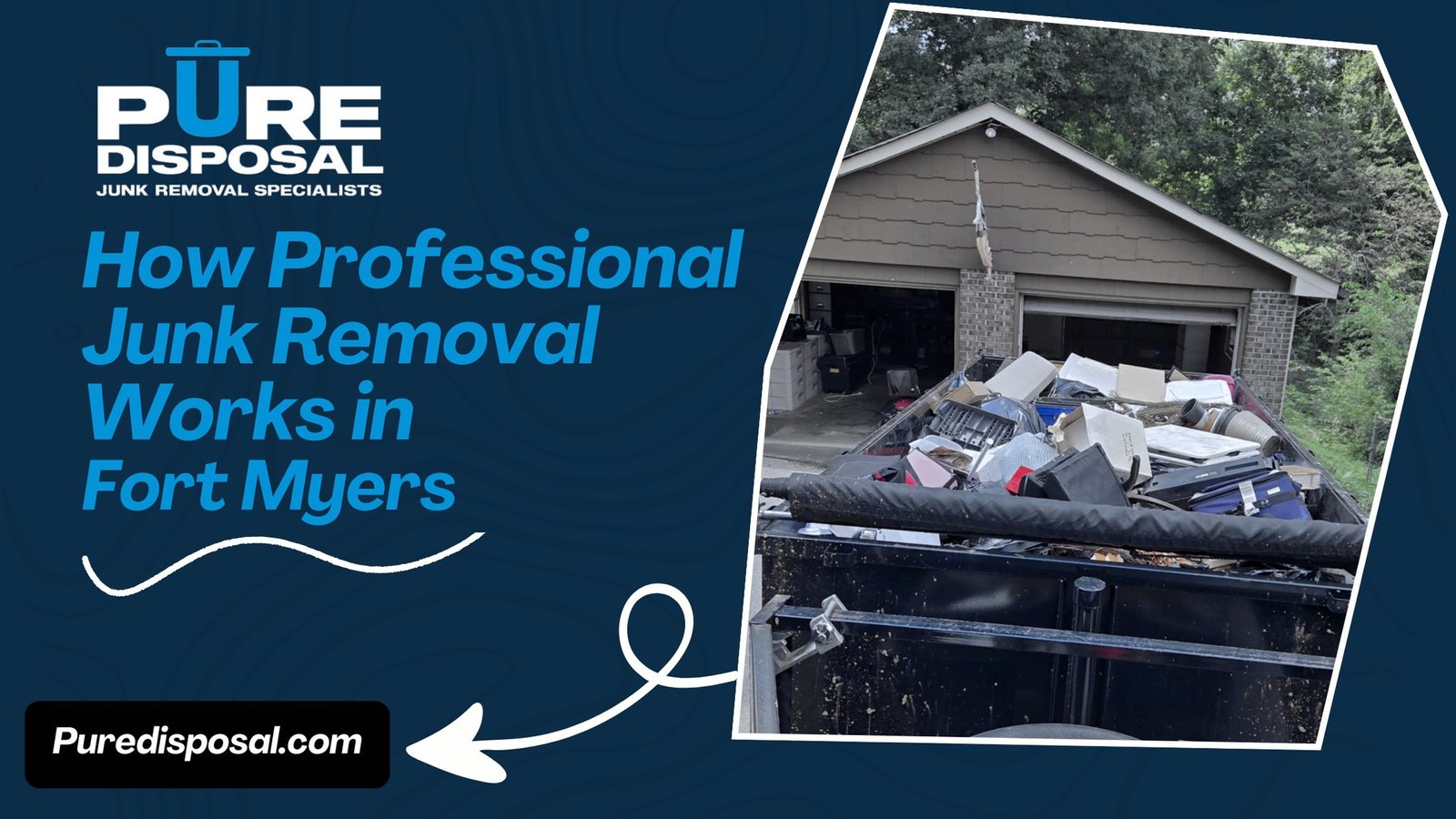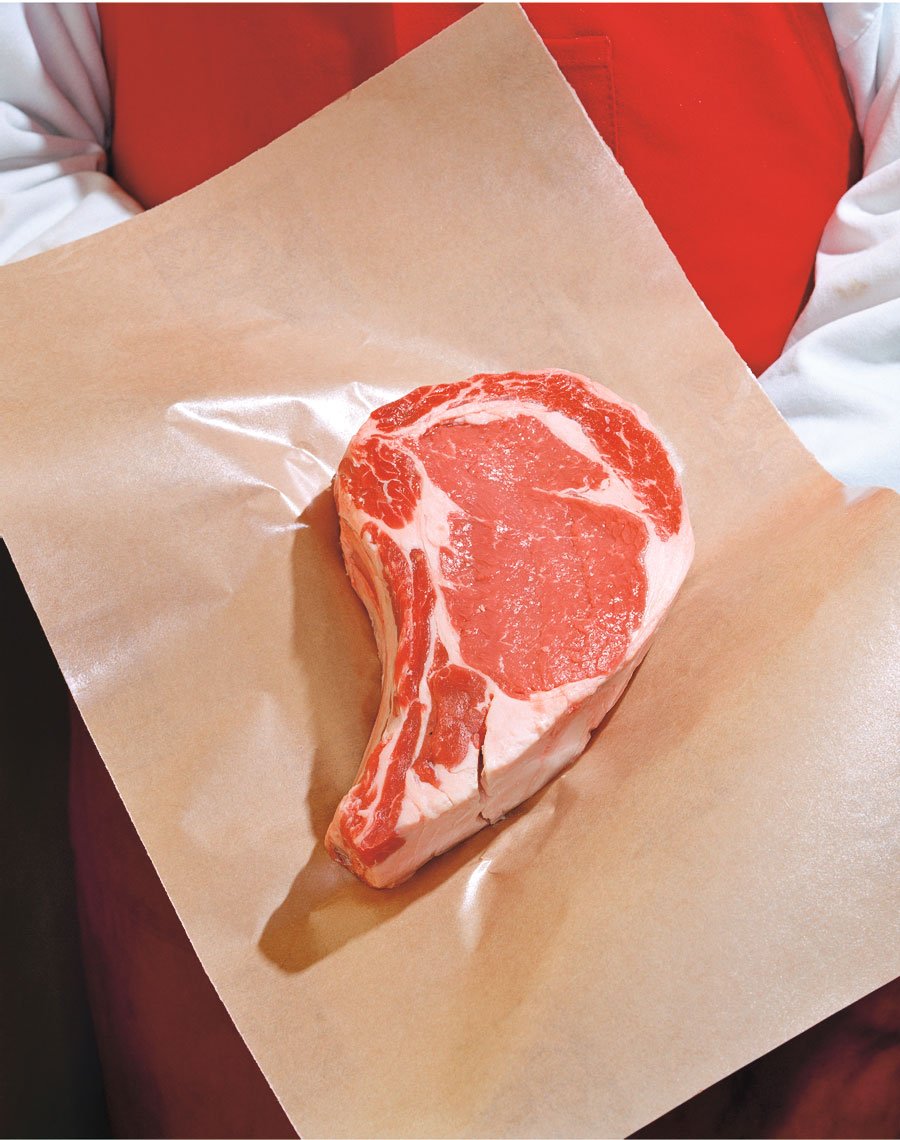Getting rid of large household items can feel overwhelming. Whether it’s an old couch, a broken refrigerator, or a worn-out mattress, these bulky pieces often can’t just be tossed in the regular trash bin. Proper disposal requires time, planning, and an understanding of your local regulations. But don’t worry — this guide will walk you through everything you need to know about responsibly and efficiently disposing of your large household items.
Why Proper Disposal Matters
Before diving into disposal options, it’s important to understand why it matters. Large household items — also known as bulk waste — often contain materials that can harm the environment if not handled correctly. For example:
-
Electronics and appliances can contain hazardous materials like mercury or refrigerants.
-
Furniture often includes treated wood, foam, and fabrics that don’t decompose easily.
-
Mattresses and carpets can harbor allergens or mold, making them unsafe to store or dump.
Proper disposal ensures these materials are recycled, reused, or processed safely — helping to reduce landfill waste and protect the environment.
1: Assess What You’re Disposing Of
Start by identifying what you actually need to get rid of. Large household items typically include:
-
Sofas, recliners, and sectional couches
-
Beds, mattresses, and box springs
-
Dining tables, desks, and chairs
-
Dressers and wardrobes
-
Appliances (refrigerators, washing machines, microwaves, etc.)
-
Outdoor furniture, grills, and lawn equipment
-
Carpets and rugs
Once you’ve listed your items, determine their condition. Are they still usable? Could they be repaired, donated, or sold? This step helps you choose the most sustainable disposal option.
2: Reuse, Repurpose, or Donate
One of the most eco-friendly ways to handle large household items is to extend their life cycle. If your furniture or appliance is still functional — or can be repaired — consider these options:
1. Donate to Charity Organizations
Many charities accept gently used items. Nonprofits such as Goodwill, Habitat for Humanity ReStores, and The Salvation Army often provide free pickup services for large furniture and appliances. Before donating:
-
Clean and sanitize the items.
-
Make sure they are not damaged or broken.
-
Contact the organization to confirm what they accept.
2. Offer Items for Free or Sell Them
Local online marketplaces like Facebook Marketplace, Craigslist, or Freecycle are great platforms to find someone who might need your old furniture or appliances.
Tip: Include photos, dimensions, and pickup instructions to make the process smoother.
3. Repurpose for DIY Projects
If you enjoy creative projects, you can upcycle old items:
-
Convert an old dresser into a TV console.
-
Use wooden pallets to build garden benches.
-
Turn a broken washing machine drum into a fire pit.
This not only saves disposal costs but also reduces waste.
3: Check Local Bulk Waste Pickup Services
Most municipalities provide bulk waste collection programs to help residents dispose of oversized items responsibly. Check your city or county website for details such as:
-
Pickup schedule (some areas have monthly or quarterly pickup days).
-
Accepted items (some exclude electronics or hazardous waste).
-
Preparation rules (e.g., furniture must be broken down, or mattresses wrapped in plastic).
If your community doesn’t have a free pickup program, you can schedule a special collection for a small fee.
4: Hire a Professional Junk Removal Service
When you have multiple large items or don’t want to deal with the hassle of moving heavy furniture, a junk removal service is a convenient solution. These professionals handle everything — from lifting and loading to sorting and recycling.
What They Accept
Most junk removal companies take:
-
Furniture (couches, tables, chairs)
-
Appliances (washers, dryers, refrigerators)
-
Electronics (TVs, computers)
-
Yard waste and renovation debris
Advantages
-
Quick and convenient.
-
Items are sorted for recycling or donation.
-
Saves you from heavy lifting.
Before You Book
Get a quote based on the volume of your items and check whether the company follows eco-friendly disposal practices. Many reputable services recycle or donate up to 70% of collected materials.
5: Recycle When Possible
Recycling helps divert waste from landfills and conserves valuable materials. Here’s how you can recycle common large household items:
Appliances
Old refrigerators, microwaves, or washing machines can often be recycled through manufacturer take-back programs or local scrap metal recyclers. Some appliance retailers even offer haul-away services when you buy a new product.
Electronics
For TVs, computers, and other e-waste, check e-waste recycling centers in your area. Avoid dumping electronics in regular trash — they contain materials like lead and cadmium that are harmful to the environment.
Furniture
Wooden and metal furniture can be disassembled and taken to recycling centers. Remove upholstery or padding beforehand. Some recycling facilities even accept foam or textile components.
Mattresses
Many states have mattress recycling programs where the foam, metal springs, and fabric are separated and reused. Check the Mattress Recycling Council’s Bye Bye Mattress program to find a drop-off location near you.
6: Rent a Dumpster for Large Cleanouts
If you’re doing a home renovation, moving, or spring cleaning, renting a roll-off dumpster can be a practical solution.
Dumpsters come in various sizes (typically 10–40 yards) and can hold multiple large items.
Advantages
-
Ideal for large volumes of waste.
-
Convenient for ongoing projects.
-
You can dispose of multiple item types at once.
Important Tips
-
Check what items are prohibited (e.g., hazardous materials, electronics).
-
Place the dumpster on a level surface, preferably your driveway.
-
Compare rental fees — prices vary by size and duration.
7: Dispose of Non-Recyclable or Hazardous Items Properly
Some large household items contain hazardous components that require special disposal procedures. These include:
-
Air conditioners and refrigerators (contain refrigerants).
-
Old paint, chemicals, or batteries (require hazardous waste collection).
-
Treated wood and carpets (may release toxins if burned or dumped).
Contact your local hazardous waste facility to learn about drop-off days or collection events.
8: Prepare Items for Safe Disposal
Before your pickup or drop-off:
-
Disassemble large items when possible to save space.
-
Wrap sharp edges with tape or padding.
-
Drain fluids from appliances like lawnmowers.
-
Label electronics or hazardous items clearly.
Following these steps ensures safe handling for both you and the disposal team.
Environmental and Social Benefits of Responsible Disposal
Responsible disposal isn’t just about getting rid of clutter — it has a positive impact on your community and the planet.
-
Reduces landfill waste: Recycling and donation help keep bulky items out of overflowing landfills.
-
Supports local charities: Donated furniture or appliances can help families in need.
-
Conserves natural resources: Recycled materials reduce the need for new raw materials.
-
Promotes sustainable living: Every small eco-friendly decision contributes to a greener future.
Final Thoughts
Disposing of large household items doesn’t have to be stressful. With the right approach — from donating and recycling to hiring professionals — you can clear out your space responsibly and sustainably. Always start by assessing your options, considering donation or reuse first, and turning to disposal services only when necessary.




Leave a Reply